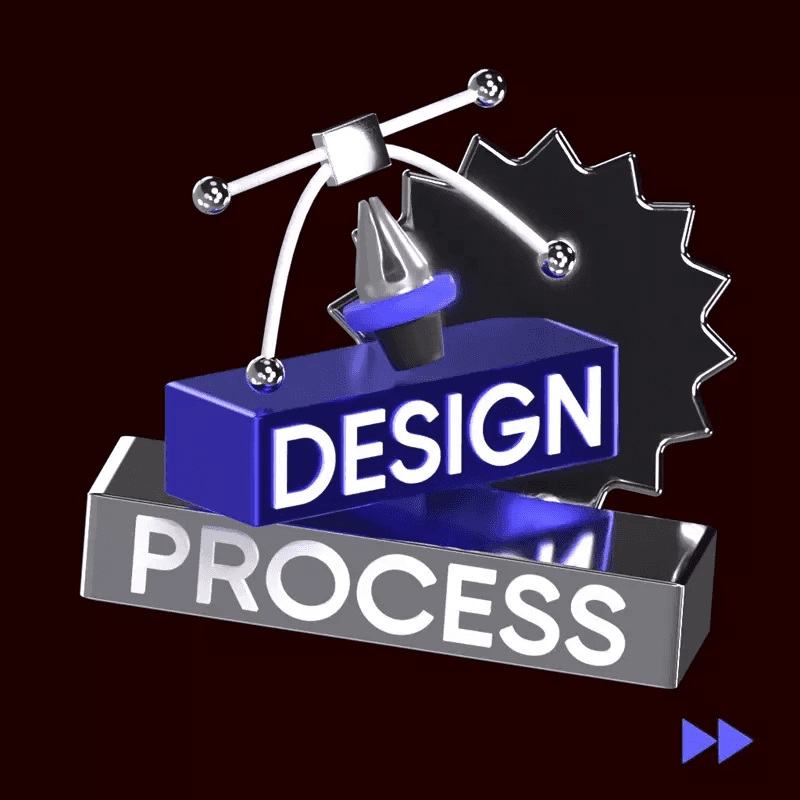Texture Projection
Texture Projection
Texture Projection
Texture projection is a technique used in computer graphics to apply textures onto 3D objects in a realistic and accurate manner. This process involves mapping a 2D texture onto a 3D surface, taking into account the object's shape, orientation, and position in the scene. By projecting the texture onto the object, it can appear as if the texture is painted directly onto the surface, enhancing the visual quality of the rendered image.
There are several methods of texture projection, including:
Planar projection: Textures are projected onto a flat surface, often used for objects with simple geometric shapes.
Spherical projection: Textures are wrapped around a sphere, suitable for objects like globes or planets.
Cylindrical projection: Textures are mapped onto a cylinder, ideal for objects with cylindrical shapes like bottles or columns.
UV mapping: Textures are applied to a 3D object by unwrapping its surface onto a 2D plane, allowing for precise control over texture placement and alignment.
Texture projection plays a crucial role in creating realistic and immersive virtual environments in video games, animation, architectural visualization, and other applications of computer graphics. By accurately mapping textures onto 3D objects, artists and developers can enhance the visual appeal and realism of their creations, bringing them to life in a more convincing and engaging way.
15,000+ customizable 3D design assets
for UI/UX, website, app design and more


quote post


Information post


marketing post
Sign up for free
View All
A
B
C
D
E
F
G
H
I
J
K
L
M
N
O
P
Q
R
S
T
U
V
W
X
Y
Z
#
View All
A
B
C
D
E
F
G
H
I
J
K
L
M
N
O
P
Q
R
S
T
U
V
W
X
Y
Z
#
View All
A
B
C
D
E
F
G
H
I
J
K
L
M
N
O
P
Q
R
S
T
U
V
W
X
Y
Z
#
Tools
Create
Tools
Create